15 Thrifty Ideas To Grow A Garden For (Almost) Free – With Tips From Industry Experts
Gardening can be an expensive hobby, but it doesn’t have to be. These money-saving tips from industry insiders will dramatically cut the costs – from getting plants for free, to a touch of DIY.
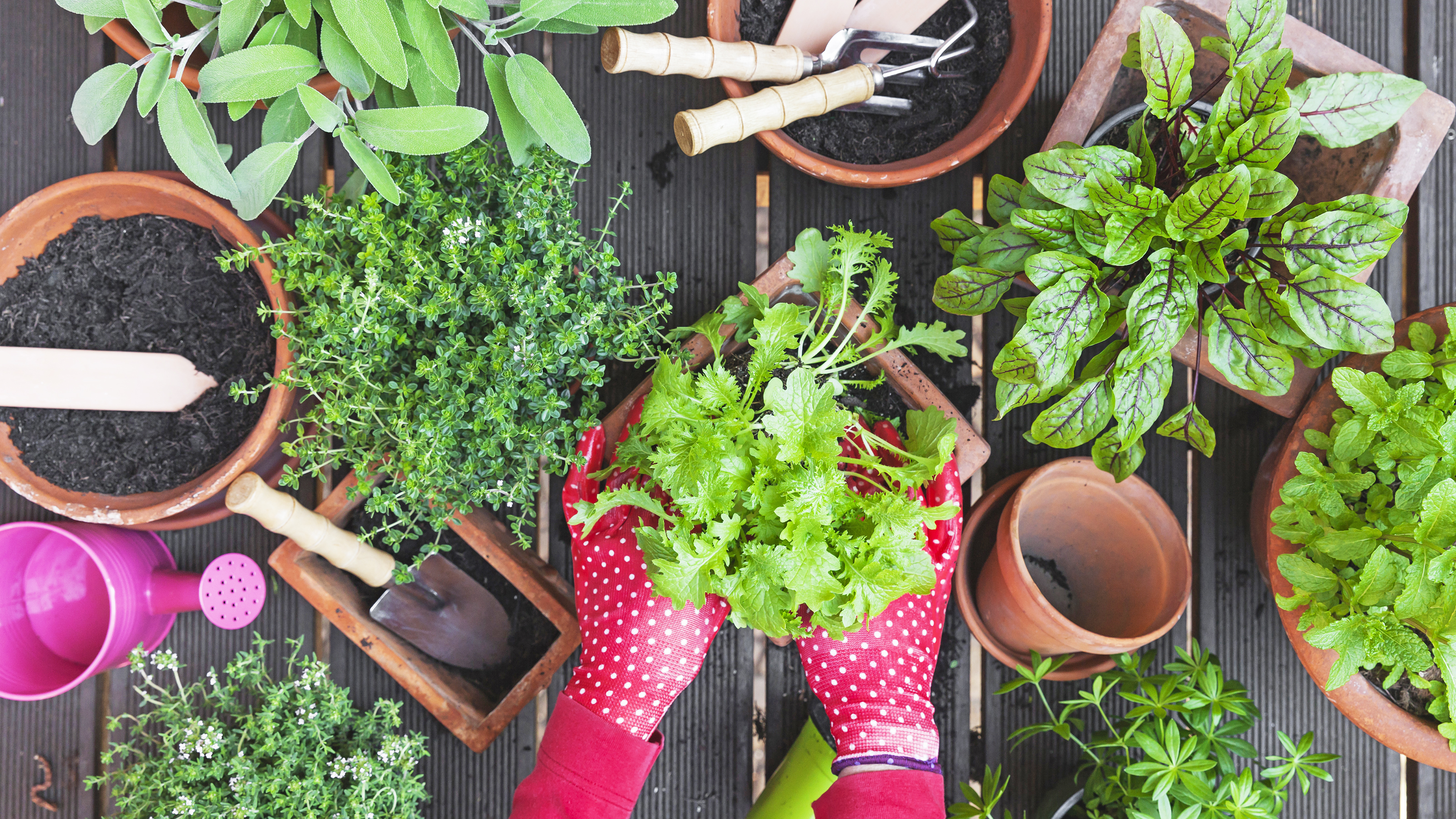

It’s easy to overspend on gardening – buying costly plants, treatments, and equipment. But, the truth is that a lot of the expense is unnecessary. You can practically start a garden for free.
Here, the experts Gardening Know How, along with some industry insiders, share the best frugal gardening ideas – which could save you hundreds of dollars.
1. Buy seeds, not seedlings
I’m often asked “Should I use a seedling or seeds?” My response is always “Seeds are the way to go!”
If your seedling doesn’t grow as planned…go back to the store to buy another. If your seeds don't grow as planned…you have anywhere from 10 to 300 more chances left in your seed packet.
Another benefit of starting plants from seeds is the wonderful and amazing world of seed saving.
Seeds are for life! That small investment in a pack of seeds will last you for years, even decades.
Tip from Geoffrey Johnson, Georgia master gardener, seed expert and founder of Depend On Planet Earth
Gardening tips, videos, info and more delivered right to your inbox!
Sign up for the Gardening Know How newsletter today and receive a free copy of our e-book "How to Grow Delicious Tomatoes".
2. Rescue plant 'rejects'
When browsing the garden center, make a beeline for the discounted plants section.
They might look rejects now, but most perennial plants can be restored back to health and help to fill your garden at a greatly reduced price.
Sometimes plants are discounted simply because they are dying back at the end of the season. Stock up now and next year you will reap the rewards.
Tip from Caroline Bloomfield, Manager of Marketing Communications, Gardening Know How
3. Make your own plant tonics
Save money on expensive liquid fertilizers by concocting homemade ‘plant tonics’. These days, there are plenty of organic options you can try.
One of the most effective homemade remedies utilizes comfrey. Look out for the Bocking 14 variety, which is high in potassium.
Place a few leaves in a sack and submerge in a bucket, then leave for a few weeks. Dilute the resulting liquid one part feed to eight parts water.
Tip from Janey Goulding, Content Editor, Gardening Know How
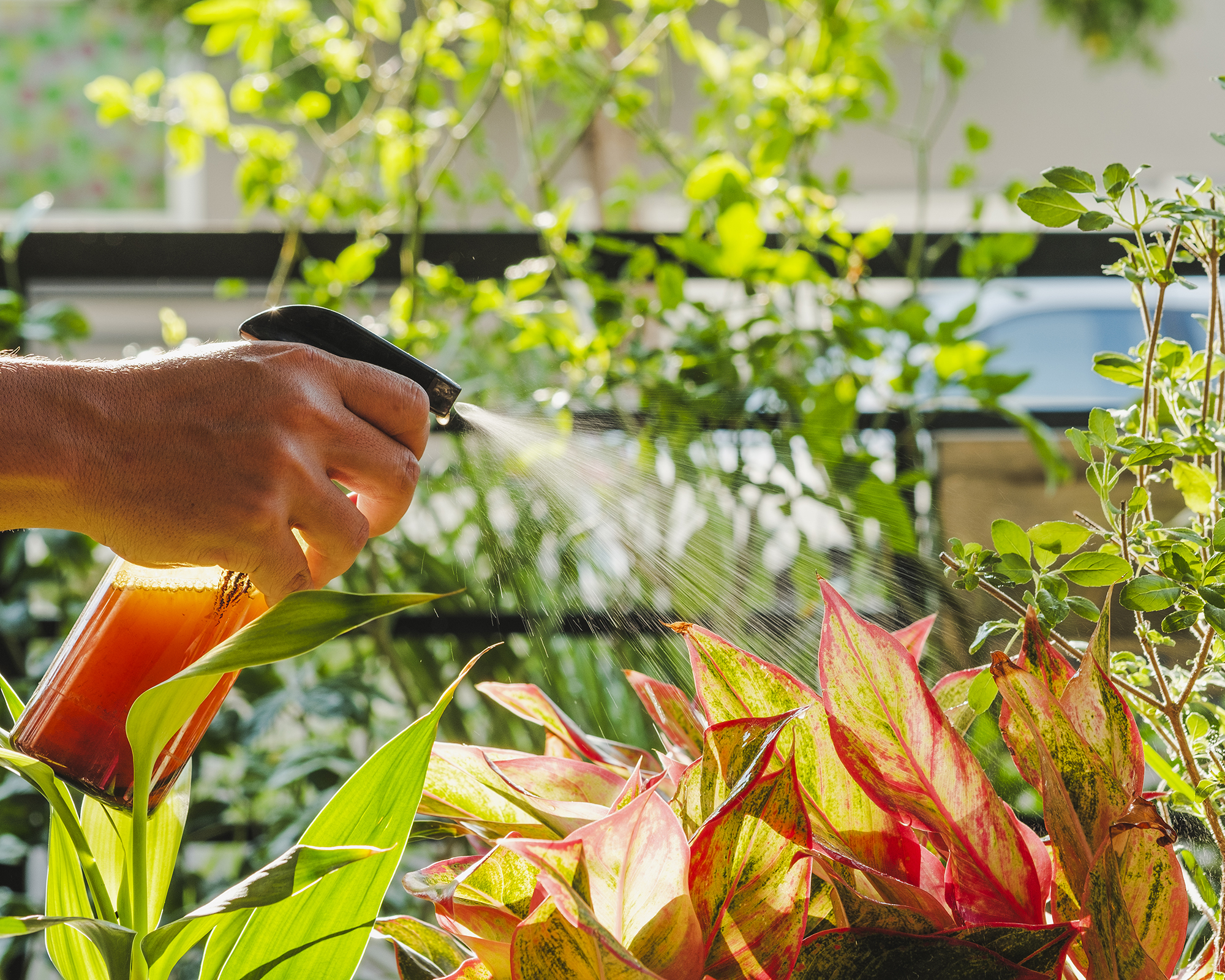
4. Reuse nursery pots and trays
Don't throw away nursery pots or plant trays – reuse them for seed starting next year. Buying new is a waste of money and plastic.
Be sure, though, to clean containers with a diluted bleach solution so you don't carry over diseases from one season to the next. Use 9 parts water to 1 part bleach.
Tip from Laura Walters, Content Editor, Gardening Know How
5. Buy soil and mulch in bulk
Purchasing soils and mulch in bulk is a more cost-effective option compared to buying individual bags.
By choosing to buy in bulk, you stand to save a substantial amount and streamline your shopping experience, cutting down on both time and transportation costs.
Furthermore, the reduction in packaging costs associated with bulk buying contributes significantly to the overall affordability of these products.
Choosing to purchase soil and mulch in bulk also proves to be a more sustainable choice, reducing the amount of plastic.
As an example, a standard cubic yard of mulch may be priced at $50. To obtain an equivalent amount in smaller 2 cubic foot bags, you'd need to buy 18 bags to match one cubic yard.
If each individual bag costs $8, your total cost would reach $144, providing ample room for savings, potentially covering a delivery fee in case a truck isn't readily available.
Tip from Amy Draiss, Digital Community Manager, Gardening Know How
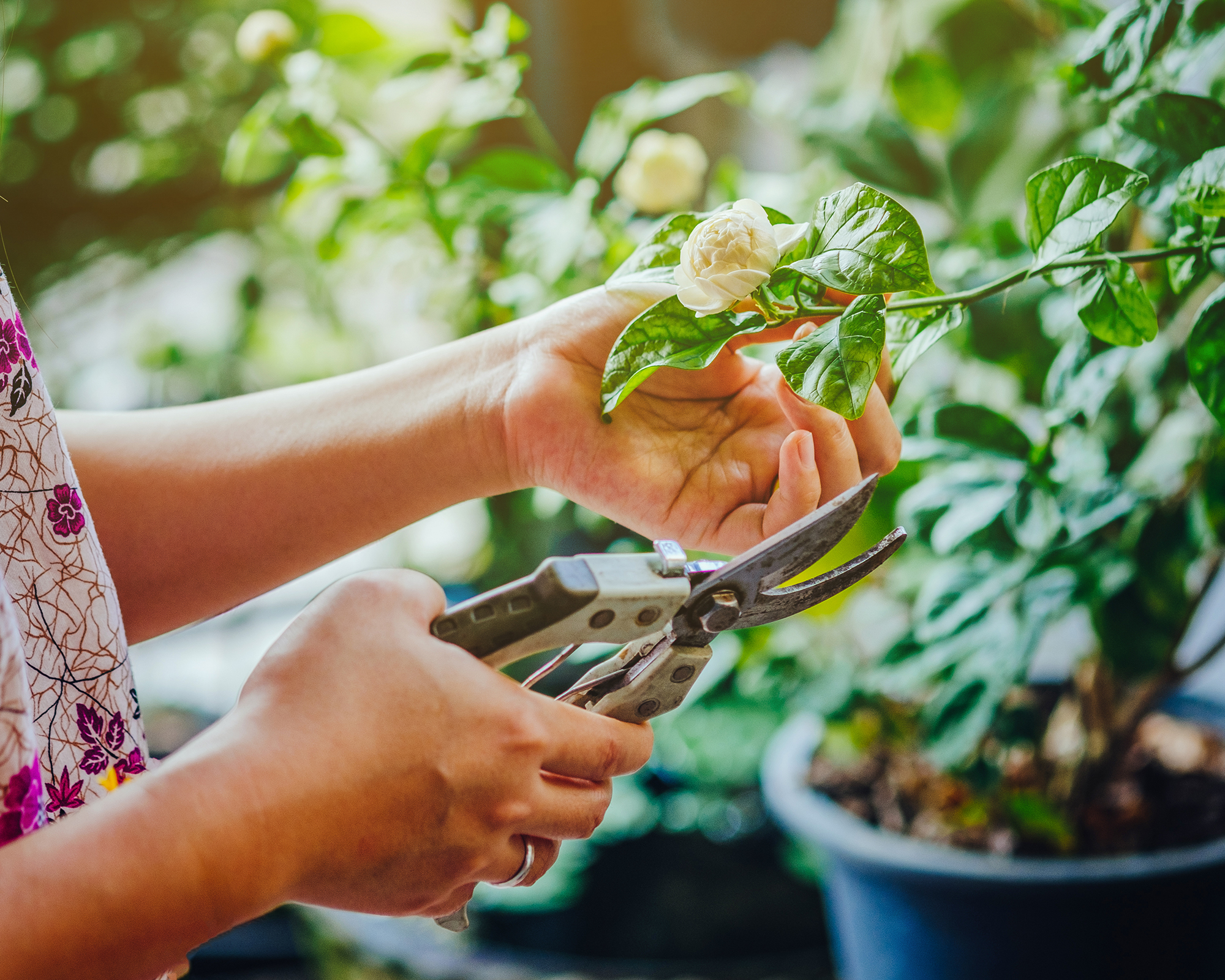
6. Propagate and prosper
Growing from seed is a cheap way to grow specific plants – however, growing them through division or from cuttings is free.
Clump-forming plants can easily be propagated through division, including many perennials, spreading shrubs, succulents, rhizomes, bulbs, and tubers.
For certain plants, dividing is necessary to their health, as after a few years they can become congested.
Some plants can be simply pulled apart at the roots, while others will need to be divided with a sharp spade or knife.
Softwood and hardwood cuttings can be taken from a range of trees, shrubs and climbers.
Softwood cuttings are taken from newer growth, in the spring or early summer; they are fairly quick to establish but may not all take, so ensure you have a few.
Hardwood cuttings are taken from more established stems between fall and winter; they take longer to grow but are usually more reliable.
Simply cut a section of stem around 5 inches long, diagonally at a leaf node or junction. Remove the lower leaves and insert into a free-draining potting mix.
Place the pot in a propagator case or cover with a plastic bag ventilated twice a week. Cuttings need good, indirect light and the potting medium needs to stay moist until roots have established.
You can pot onto a larger container when new leaves have grown.
Tip from Melanie Griffiths, Senior Editor, Gardening Know How
7. Make your own compost
Start a compost pile and make your own organic soil improver. Composting is not only a cost-saver but also an eco-friendly way to reduce waste and enhance soil health.
Utilize kitchen scraps, lawn clippings, and other organic materials. This practice enriches your garden soil naturally, eliminating the need for costly chemical fertilizers.
It's important to get the right mix of green and brown material in your compost, and to turn it regularly.
Tip from Gene Caballero, landscaping expert and co-founder of GreenPal
8. Save on raised beds and containers
Building your own raised beds from locally sourced, reclaimed or recycled timbers lets you build to the height and width that suits, allowing you to sit on the edge and making maintenance easier.
Make sure you don’t use treated pine for your raised bed as the chemicals can leach into the soil.
Think out of the box for what can be used to make raised beds and also for containers, from cut logs, scaffolding planks, old kettledrums, tyres, ladders, crates, dust bins, buckets or tin cans, to chimney pots.
Look for bargains in unlikely places, such as thrift stores, and vintage markets – one person’s trash could well be your treasure.
Be imaginative with the potential for repurposing items as containers; just remember to drill a drainage hole.
Tip from gardening expert and writer Leigh Clapp
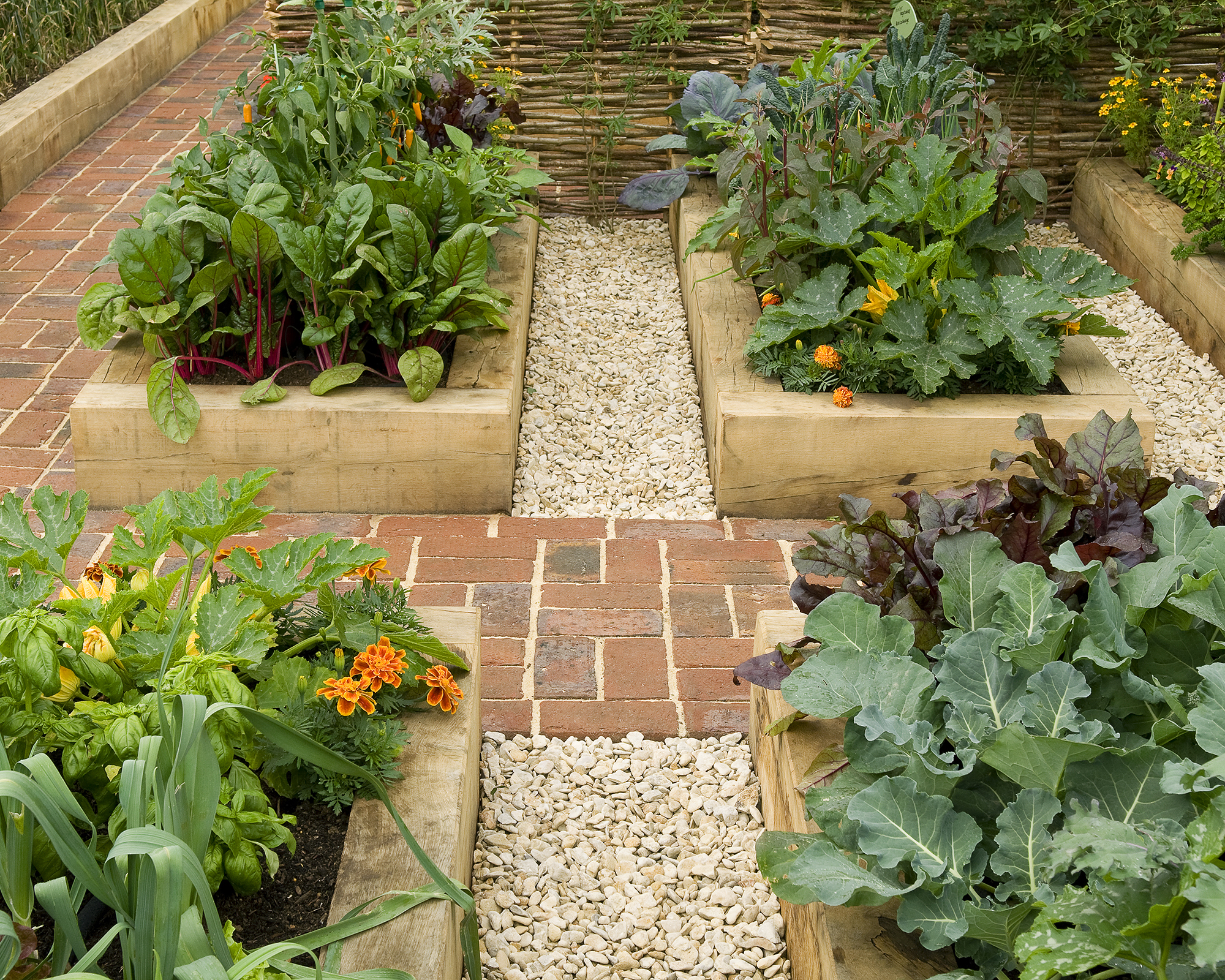
9. Scatter ash from the fire
Are you lucky enough to have a wood-burning stove or fireplace? If so, you can squeeze a bit more joy out of its remnants during winter months by scattering the ash on your flower beds.
This ash is an excellent source of potassium and lime. However, you shouldn't use it on alkaline soils or on beds where you are growing acid-loving plants.
Tip from Janey Goulding
10. Save your mums!
Don't throw out fall mums when the weather turns. I live in zone 6b and many of my potted chrysanthemums survive winter.
Plant them in your garden for fall color that comes back year after year.
All you need to do to keep them looking good is give them a hearty pruning (cut them back by half) in early summer, sometime before the 4th of July.
Tip from Laura Walters
11. Go native to save money
Sеlеct plants that are native to your arеa or well-suited to the local climatе. Thеsе plants demand lеss upkeep and watеr, so you'll savе monеy on irrigation and carе.
They’re also a beautiful way to nurture biodiversity by providing important food sources for local wildlife, including precious pollinators.
Tip from Marvin Magsura, lawn and landscaping expert, and co-founder of Retaining Wall Supplies
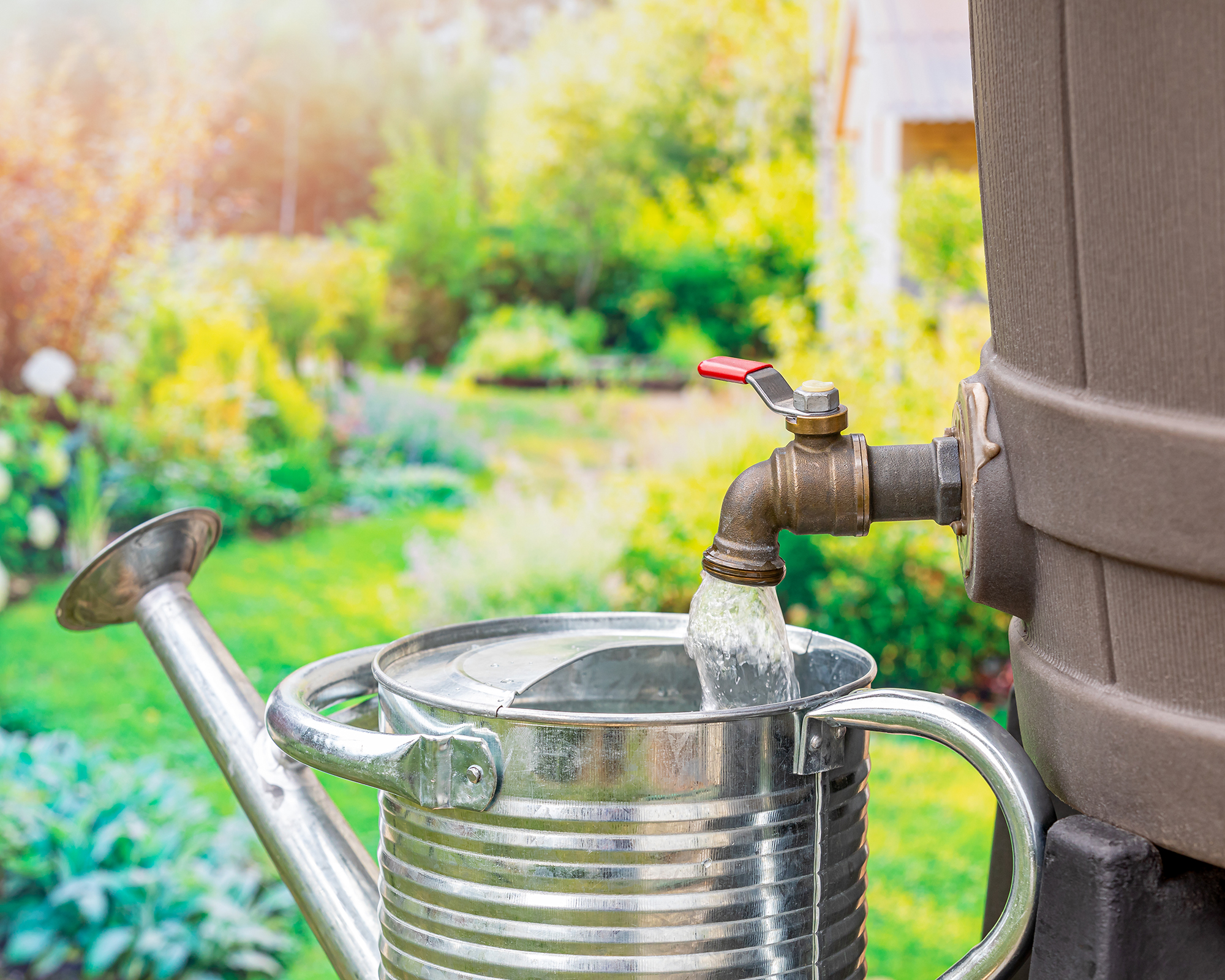
12. Get clever with rainwater
It’s important to save and reuse rainwater wherever you can. Make a rain barrel as a minimum, but get creative with other solutions too.
I connected soaker hoses to a rain barrel and ran them in the ground under my flower beds along my deck in the back of my house.
It keeps my plants watered with little effort or expense.
Tip from Kyle McCann, Marketing Director, Gardening Know How
13. Share the plant love
We all have a few plants that seem to run rampant. If you’re willing to share the love, why not look into local plant swaps – or start your own?
Whether you opt for local community circles or trusted groups of friends, relatives and neighbors, plant swaps are a great way to free up some space on the plot – and more importantly, look after the contents of your wallet.
Simply hand over excess ornamentals and cropping gluts to others – in exchange for some of their homegrown treasures!
Make the most of any social media accounts you have or put out feelers via your nearest allotment.
It’s a great way to economize – and as a bonus, you’re sure to meet new gardening friends.
Tip from Janey Goulding
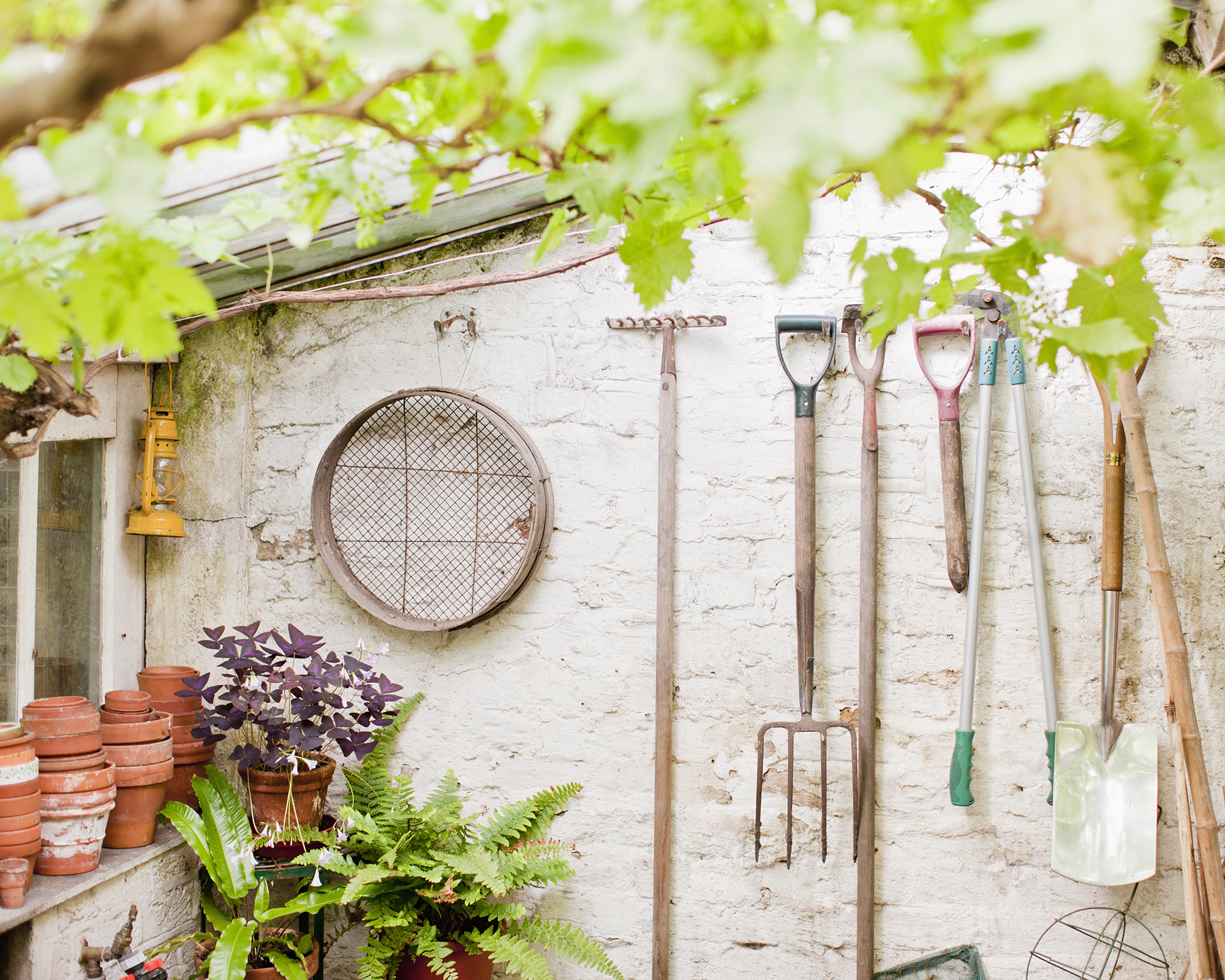
14. Look after your tools
Kееp your gardеning tools in good shape! Regular cleaning, sharpеning, and maintenance will extend thеir lifеspan, so you don't have to replace them as often.
You should also only invest in the essential gardening tools, which are multitaskers, rather than the latest time-saving gadgets.
Tip from Marvin Magsura
15. Make your own plant supports
Making your own plant supports can save you a small fortune.
The simplest support for climbers is a wigwam of three or four canes or sticks, placed at corners and secured at the top.
Sticks can catch you in the eye so top your supports with upturned pots or bottles to avoid injury.
Willow, hazel and birch are great choices – you just need to cut small, sturdy and flexible branches and have a stock ready to use.
Place supports twisted and woven together as a cage to let plants grow through.
You can also make tepees out of bamboo canes or sticks for containers, pushed into the potting mix to secure, then bind the top.
Reuse your supports to create an insect hotel or leave in log piles for wildlife.
Tip from Leigh Clapp

Melanie is an experienced gardener and has worked in homes and gardens media for over 20 years. She previously served as Editor on Period Living magazine, and worked for Homes & Gardens, Gardening Etc, Real Homes, and Homebuilding & Renovating. Melanie has spent the last few years transforming her own garden, which is constantly evolving as a work in progress. She is also a passionate organic home grower, having experimented with almost every type of vegetable at some point. In her home, Melanie tends to an extensive houseplant collection and is particularly fond of orchids.
-
 10 Common Composting Problems That Can Spoil Your Garden Gold – Plus Easy Fixes
10 Common Composting Problems That Can Spoil Your Garden Gold – Plus Easy FixesLearn how to troubleshoot common composting issues before they ruin your stash – from bad smells and bugs to materials not breaking down as they should.
By Susan Albert
-
 Terrifically Tubular Flowers For Hummingbirds: 9 Tube-Flowered Plants To Attract Hummers
Terrifically Tubular Flowers For Hummingbirds: 9 Tube-Flowered Plants To Attract HummersGrowing tubular flowers for hummingbirds helps you create the optimum feeding conditions for your winged friends. Here are nine tubed delights for hummers
By Tonya Barnett